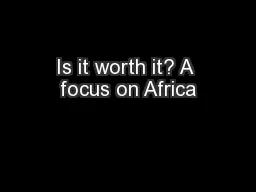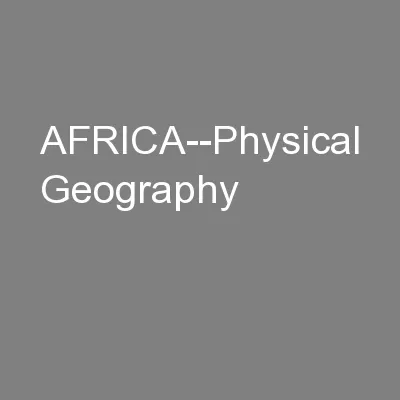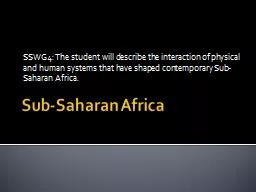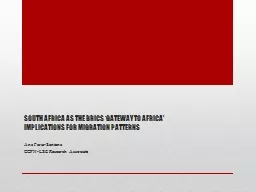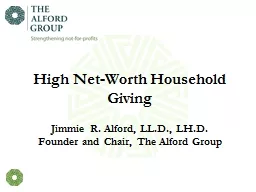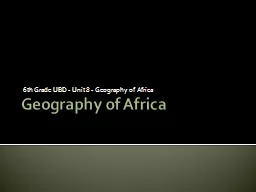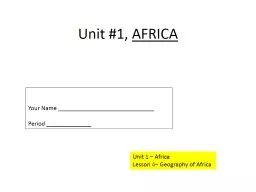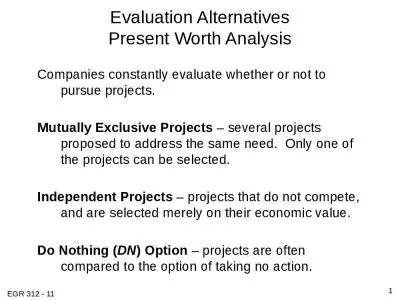PPT-Is it worth it? A focus on Africa
Author : yoshiko-marsland | Published Date : 2018-12-26
Foreign Aid And what it does for Africa The world in a nutshell Sub Saharan Africa In sub Saharan Africa there are Massive population increases 186 million in 1950
Presentation Embed Code
Download Presentation
Download Presentation The PPT/PDF document "Is it worth it? A focus on Africa" is the property of its rightful owner. Permission is granted to download and print the materials on this website for personal, non-commercial use only, and to display it on your personal computer provided you do not modify the materials and that you retain all copyright notices contained in the materials. By downloading content from our website, you accept the terms of this agreement.
Is it worth it? A focus on Africa: Transcript
Download Rules Of Document
"Is it worth it? A focus on Africa"The content belongs to its owner. You may download and print it for personal use, without modification, and keep all copyright notices. By downloading, you agree to these terms.
Related Documents

